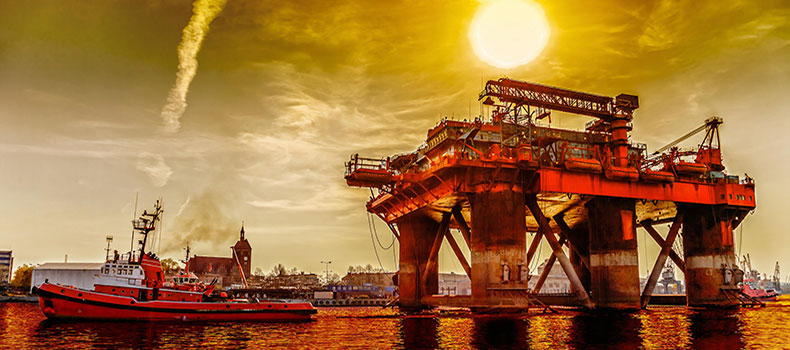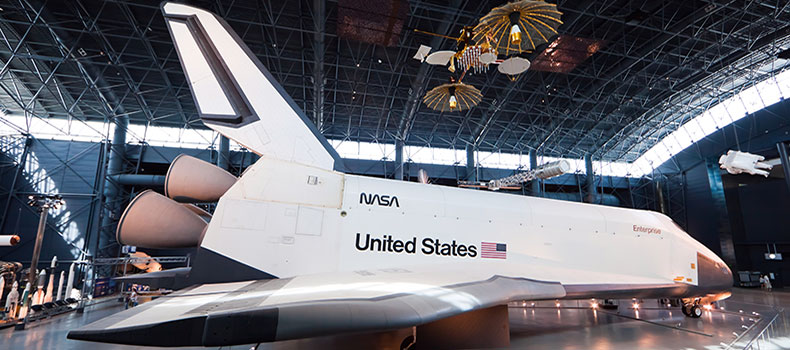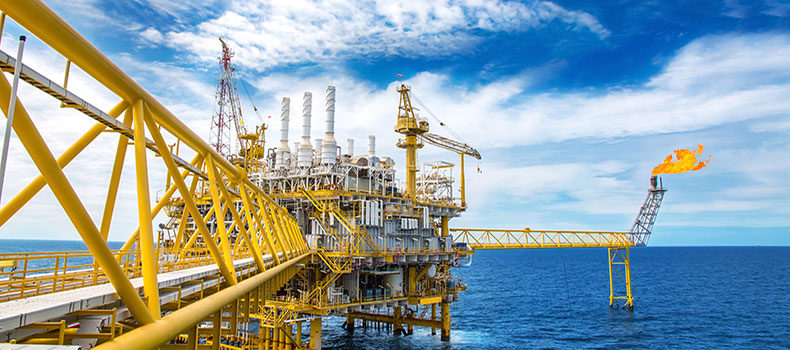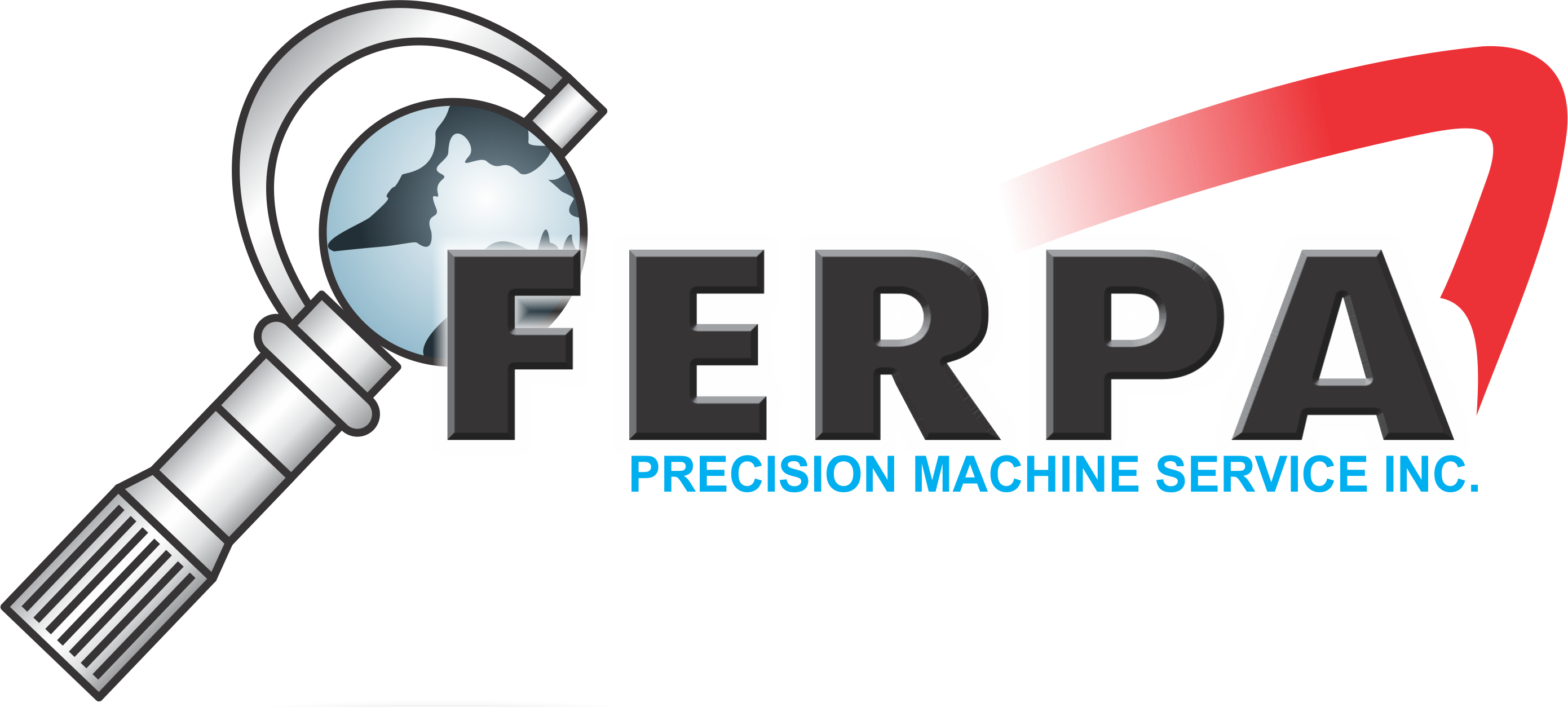
November 7
The task of finding and recovering oil has become increasingly difficult. Oil reserves are often at much higher temperatures and pressures than those which have been encountered before increasing predominance of more chemically aggressive hydrocarbon reserves
PEEK™ polymer for the Oil and Gas Industry- VICTREX®
The task of finding and recovering oil has become increasingly difficult. Oil reserves are often at much higher temperatures and pressures than those which have been encountered before increasing predominance of more chemically aggressive hydrocarbon reserves. Each of these factors places another set of challenges to the engineers responsible for finding and recovering crude oil reserves. In this industry, polymers are a vital link in the production chain, in areas ranging from seismic surveys to transportation and refining.
The VICTREX PEEK Advantage:
- High temperature resistance
- Chemical resistance
- Secure cable management
- High abrasion resistance and cut through resistance
- Low friction properties even in aggressive environments
- Excellent strength, stiffness and long term properties such as creep and fatigue
- Excellent dielectric strength maintained regardless of temperature and environment
- Versatile thermoplastic that can be easily processed using conventional equipment
- Through more than 20 years of application in demanding oil and gas environments
Oil and Gas applications designed with VICTREX PEEK polymer deliver superior long-term reliability in demanding environments than any other competitive material.
Our groundbreaking polymer has a unique combination of properties. It is the ideal replacement for metal and other plastics due to its incredible temperature, chemical and wear resistance, exceptional strength and dimensional stability. All of these properties and so much more in a material that can be easily manufactured into parts on conventional polymer processing equipment.
SOURCE: https://www.textileweb.com

December 14
Demand for lightweight applications is creating a new role for thermoplastics.
For the past decade, carbon-fiber composites have been the darling of the aerospace sector, receiving countless praise and widespread attention. Reinforced polymers have dramatically changed the way that many types of airframes are designed and built.
While composites are still hot, traditional plastics have been quietly making inroads in civilian, commercial and military aircraft. As new generations of planes take to the skies in the years ahead, thermoplastics will be along for the ride.
Plastics such as acrylonitrile butadiene styrene, polyetheretherketone (PEEK) and polyphenylene sulfide are currently used for a wide variety of applications.
Polyetherimide is another popular material used in the aerospace industry, because engineers can produce parts that meet the strict flame, smoke and toxicity requirements set by the FAA.
Polyetherketoneketone (PEKK) is an advanced, high-temperature engineering polymer that features excellent mechanical properties, chemical resistance, thermal stability and flame retardancy. The high strength and light weight of new grades of PEKK, such as HT-23, make it a competitive alternative to aluminum.
Plastic is typically used for interior applications, such as air ducts, cabin partitions, floor panels and overhead luggage bins. It’s also used for avionics sensor plates, electronic component mounting brackets and ventilation impeller blades.
Structural applications include wing ribs and spars. In addition, plastic is used on the exterior of aircraft for things such as fuel tank covers, landing gear hubcaps, pylon fairings and radomes.
Plastic offers many advantages over aluminum and other traditional aerospace materials, such as light weight, high strength and durability.
Heat-resistant, noncorrosive plastics like PEEK can be machined to replace metal fasteners and screws. There is no change needed in the overall design of existing machined parts, allowing for the direct replacement of OEM components.
Brackets, gaskets, guides, seals, spacers and washers are lightweight aerospace components where high-heat plastics can outperform metals, providing thermal and mechanical stability, insulation properties, zero flammability, low outgassing in a vacuum, and resistance to jet fuel and other chemicals.
SOURCE: ALEX WEBER

January 2
Few industries are as demanding on their equipment as oil and gas exploration and production. Extreme temperatures, harsh environmental conditions, corrosive seawater, chemical exposure, and extraordinary friction and wear demands all add up to make uninterrupted operation one of engineering’s greatest challenges.
High-performance polymers offer many advantages over metal when used appropriately for machined components in oil and gas applications. With their light weight, cost-efficiency, durability, and resistance to heat, steam, chemicals, and corrosion, they improve performance and add exceptional value wherever they are applied: underground or in subsea systems, downhole or in rigging operations, and in exploration, oil refining, or hydraulic fracturing (fracking) operations.
Here are some of the most common plastic materials used in oil and gas exploration, extraction, and refining.
PEEK
PEEK plastic is widely specified in the oil and gas industry due to its exceptional performance characteristics.
Some key characteristics of PEEK:
- Resistance to harsh chemical and corrosive environments, including hydrogen sulfide at elevated temperatures
- Superb hydrolysis resistance with high retention levels of mechanical properties after prolonged exposure to steam or sea water at elevated temperatures
- Broad operational temperature range
- Low levels of creep and excellent mechanical properties, which can be further enhanced by the addition of fillers such as glass and carbon fibers
- Abrasion and wear resistance under high loads (bearing grades)
Common oil and gas applications for PEEK include:
- Seal and packing components, such as backup rings, piston seals, and labyrinth seals
- Subsea connectors
- Poppets
- Valve seats
- Compressor valve plates
PTFE
Whereas PEEK is often used as an anti-extrusion backup due to its high strength characteristics, PTFE is softer and more ductile, which causes it to expand under compressive load and create an effective seal. PTFE is often specified where other common sealing materials, like elastomers, cannot meet the thermal, chemical, or tribological (friction, lubrication, and wear) demands of the application.
Some key characteristics of PTFE:
- Exhibits the broadest chemical resistance of any commercially available polymer, due to its simple, fully fluorinated structure
- Maintains ductility in cryogenic environments
- Static and dynamic coefficients of friction are functionally equivalent, resulting in virtually no observable stick-slip phenomenon
- Absorbs only a negligible amount of moisture
Common oil and gas applications of PTFE include:
- Seal and packing components, such as O-rings, backup rings, spring-energized seals, slipper seals, and piston rings
- Sealing liquid natural gas or other cold media
- Bearing and wear components (filled grades)
Other Proven High-Performance Materials for Oil and Gas Applications
DuPont™ Vespel® Polyimide SP and SCP Materials
- Ball valves and backup rings, especially Vespel® SP-21
PPS (often filled grades)
- Lantern rings
- Downhole insulators
- Sheaves
- Poppets
- Wear pads
- Various bearing components
Source: https://www.curbellplastics.com
